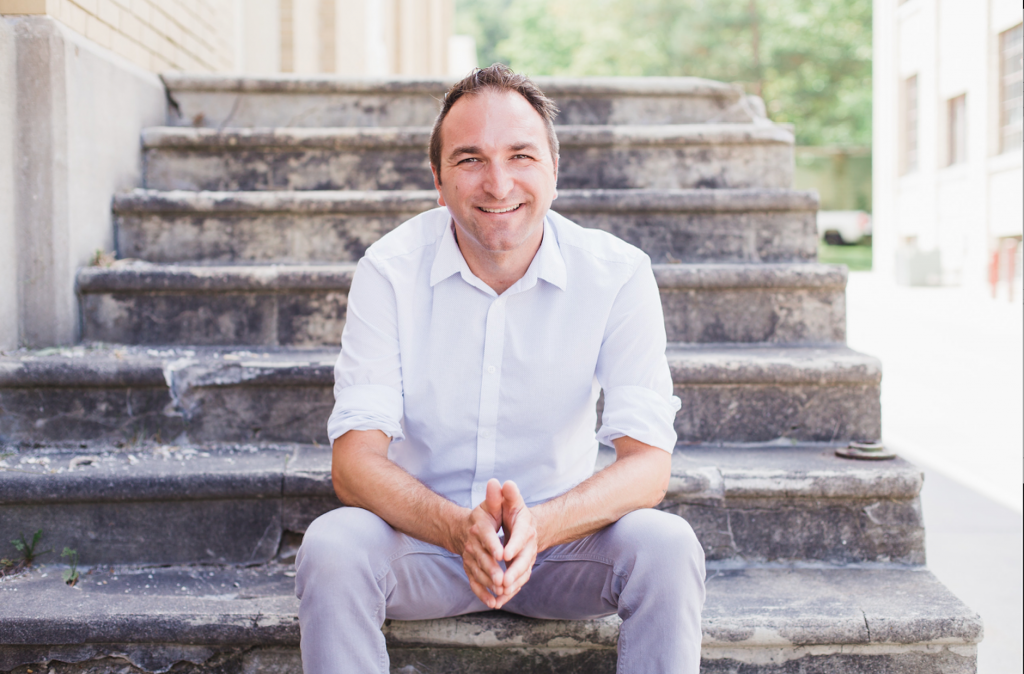In the last post we discussed looking at your numbers to see where you are spending time, money, and energy. How’d it go?
Mindset Of Most Entrepreneurs
There’s a mindset that most business owners have: “I can do it best”.
Most practice owners will think:
- No one can do an intake call like me.
- I need to talk to clients before they schedule
- I’ll save money if I do it
Already you may find yourself saying, “I’m not sure I buy into that anymore.”
AWESOME!!!
Ask Yourself…
Go back to my “don’t let this happen to you” statements. To overcome that mindset takes a lot of time, training of others and feedback, which we will get into during Part 2 of this series. Imagine if your main question was:
“Why am I doing this?”
What would happen to your business if things moved along, without your approval? Imagine if you were confident in knowing things were done correctly, but you rarely touched the key elements. How cool would it be if your team was self-motivated to create innovative ideas, test them out, and give you the best results based on their experiments!
In order for you to have the time to hire, train, and provide feedback to new people, we have to first look for the low-hanging fruit in your practice. What do I mean?
Every new practice leaves money on the table. Here are some examples:
Someone calls and says, “I’m looking for a therapist that helps kids”.
You say, “I’m sorry, that’s not my specialty, can I refer you out?”
That person, consequently, goes to another practice.
The RISE Process
If you specialize in couples work, that’s great! But, what are other areas you can serve? Maybe parenting classes, counseling for kids, or pre-marriage sessions.
Yet, you don’t need to do all of this, you can hire W-2s or 1099s to do that work! Here’s the RISE process:
- RECOGNIZE: Keep track of issues and opportunities that come to your practice via phone, email, and referrals.
- INCREASE: Bring on clinicians that increase your scope, but still align with your specialty.
- SUPPORT: Find an assistant to support that expansion, take calls, and do scheduling.
- EXPAND: Look for a clinician to replace you to expand your own personal reach. When you find someone that replaces your specialty, you can move on to working beyond time in the chair.
A Case Study
Often, average clinicians start with a specialty like kids, then they add people that don’t align with the brand they have built or are known as. The final goal is to remove you from the equation as much as possible, so that you can level up beyond just yourself.
Then, you can choose how much time to spend in the chair doing counseling. Here are some practical numbers in a case study:
Lydia is a practice owner who is known for her work with women in transition, especially after pregnancy and birth. She sees an average of 15 clients per week. She is planning on having another child, so she wants to automate more within her practice, while still making money. She charges $100, per session, bringing in $72k in the 48 weeks she works.
Lydia gets some calls each week regarding new dads, parenting, and play therapy. She has a single office and brings on one clinician that will work Mondays and Tuesdays after school. That therapist, Jane, works with kids and parents, and is trained in play therapy. Lydia then schedules to work Monday 10am-3pm, Tuesday 10am-3pm, Wed 10am-6pm, and Thursday 10am-2pm.
This gives Lydia more time off and also frees her office for Peter, who works with men. Within two months, those referrals are staying within Lydia’s practice. She keeps 15 clients, but raises her rates to $120 per session. Jane sees eight clients per week: Monday 3am-7pm and Tuesday 3am-7pm. Peter sees kids on Thursday 3am-7pm, all day Friday, and has an option for three sessions on a Saturday morning. He has around six sessions per week. Jane and Peter charge $95, per session, and Lydia gets 50%.
Lydia’s Numbers
Here are how Lydia’s numbers now work out:
Lydia 15 sessions x $120 x 48 weeks = $86,400
Jane 8 sessions x $95 x 48 weeks x 50% = $29,640
Peter 6 sessions x $95 x 48 weeks x 50% = $13,680
Lydia’s gross profit is now: $129,720, without upgrading her space.
Imagine Lydia wanted to take time off for a baby and make her original amount of $72k. Now, she would only have to bring in $72k- $43,320 (Jane + Peter) = $28,680. If she took three months off and we had her work 40 weeks at $120, she’d only have to see six clients per week!
See how it really starts to take off!?
ACTION: Start playing with your numbers to see what you could do if you changed your price, added clinicians, and looked for low-hanging fruit. Here’s a podcast all about a group practice that grew through groups and retreats, it’ll really help you think differently about structuring your practice.
We’re going to move into Part 2 next and talk about how to multiply your time using an assistant (or two).
Joseph R. Sanok, MA, LLP, LPC, NCC
 Joe Sanok is an ambitious results expert. He is a private practice business consultant and counselor that helps small businesses and counselors in private practice to increase revenue and have more fun! He helps owners with website design, vision, growth, and using their time to create income through being a private practice consultant. Joe was frustrated with his lack of business and marketing skills when he left graduate school. He loved helping people through counseling, but felt that often people couldn’t find him. Over the past few years he has grown his skills, income, and ability to lead others, while still maintaining an active private practice in Traverse City, MI. To link to Joe’s Google+ .
Joe Sanok is an ambitious results expert. He is a private practice business consultant and counselor that helps small businesses and counselors in private practice to increase revenue and have more fun! He helps owners with website design, vision, growth, and using their time to create income through being a private practice consultant. Joe was frustrated with his lack of business and marketing skills when he left graduate school. He loved helping people through counseling, but felt that often people couldn’t find him. Over the past few years he has grown his skills, income, and ability to lead others, while still maintaining an active private practice in Traverse City, MI. To link to Joe’s Google+ .


